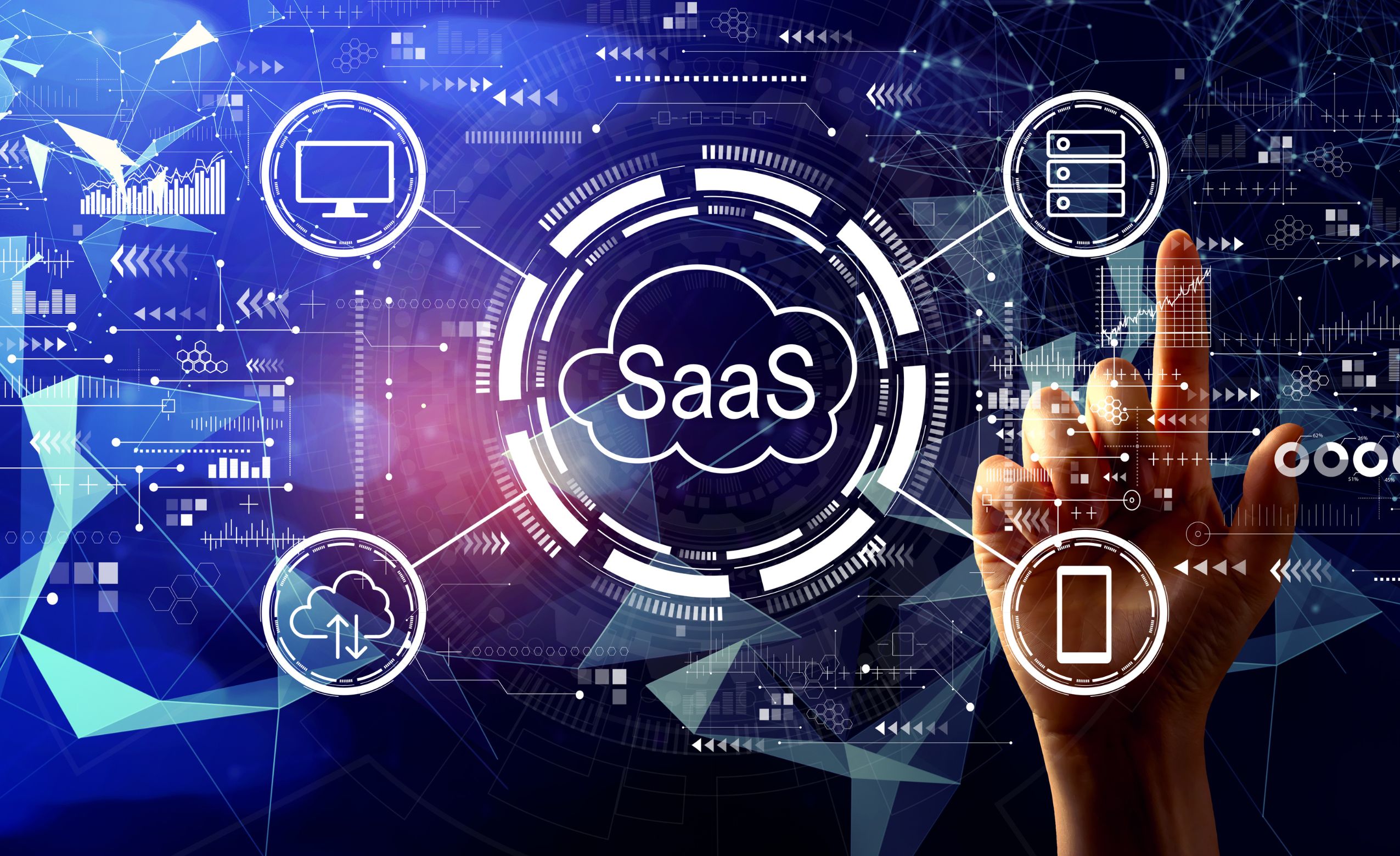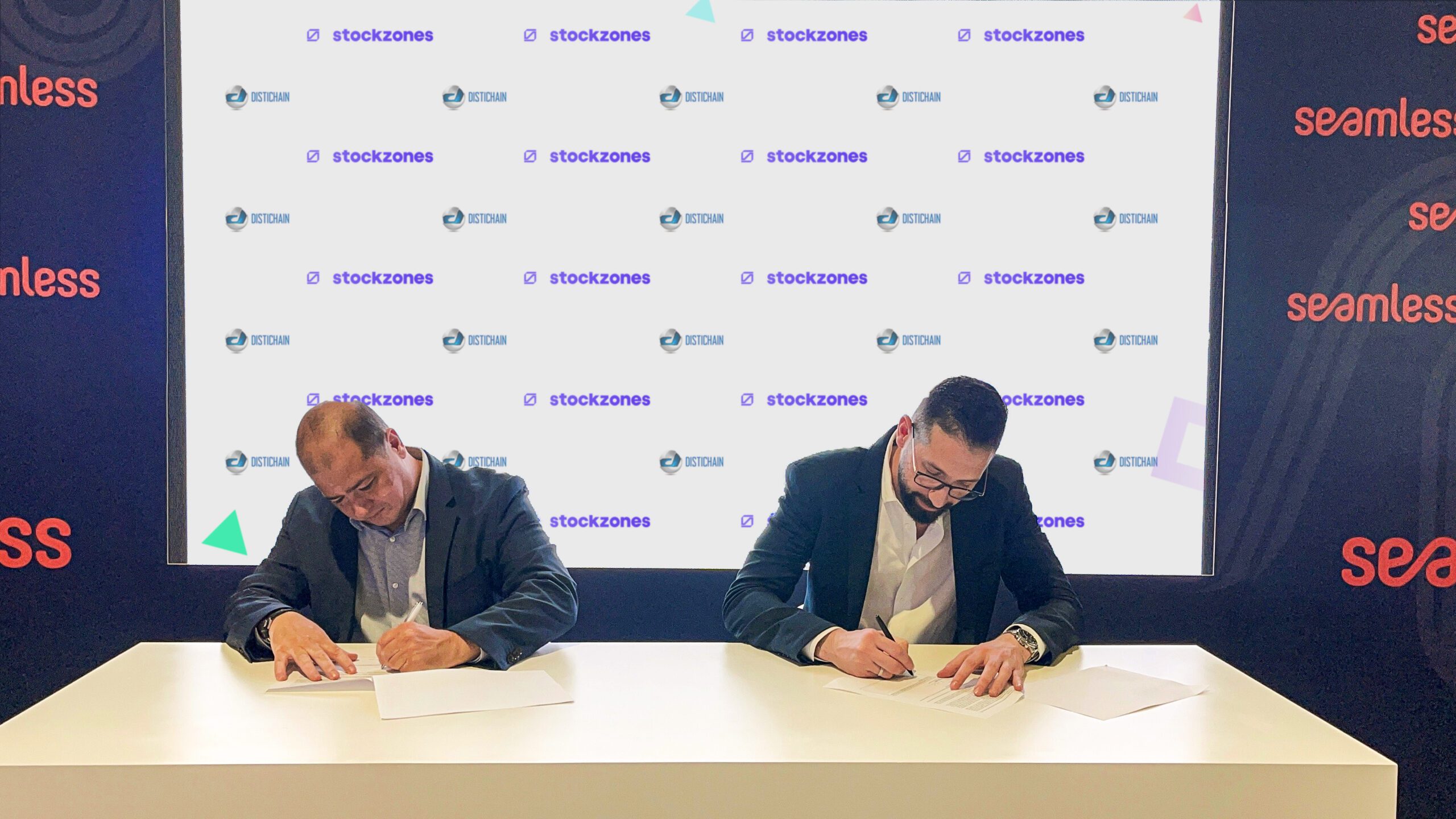In today’s rapidly evolving digital landscape, Software as a Service (SaaS) has emerged as a transformative technology, revolutionizing how software is delivered and accessed by businesses and individuals alike.
This article explores SaaS, including its definition, acronym breakdown, and key features. By the end, you’ll thoroughly understand SaaS and its business benefits.
Understanding SaaS: Definition, Acronym Breakdown, and Concept
In this section, we will explore the essence of SaaS (Software as a Service), understand its definition, the acronym breakdown, and the transformative concept behind it. We’ll uncover how SaaS revolutionizes software delivery, providing convenience, flexibility, and scalability in today’s digital era.
Definition of SaaS
What is SaaS? It represents a cloud computing model that delivers software applications to users online, eliminating the need for local installation. Instead of purchasing and installing software on individual devices, users can access applications through a web browser or API, making them accessible from any location with an internet connection.
Acronym Breakdown: Software as a Service (SaaS)
The acronym SaaS stands for “Software as a Service.” It signifies a shift in software delivery and consumption models. It allows users to access software applications on a subscription basis online.
The Concept of SaaS and Its Impact
The power of SaaS lies in its ability to revolutionize software delivery by relocating it to the cloud. Users can access applications via web browsers or APIs, bypassing local installations. This approach provides flexibility and scalability, enabling users to adapt their software usage based on current needs without the infrastructure constraint.
Moreover, the convenience and efficiency of SaaS have made it a preferred choice for businesses seeking streamlined software access, reduced maintenance costs, and the opportunity to leverage cutting-edge technologies without making substantial upfront investments.
Key Features of SaaS
As we venture deeper into the world of Software as a Service, we find several defining characteristics that contribute to its effectiveness. Answering the question “What is SaaS” is incomplete without understanding the key features.
Accessibility: Anywhere, Anytime Access
SaaS enables users to access software applications from any location as long as they have an internet connection. This accessibility empowers businesses with remote teams and global operations to collaborate seamlessly.
Scalability: Easy Expansion and Contraction
One of the defining features of SaaS is its scalability. With SaaS, businesses can quickly scale their software usage up or down based on their needs. This flexibility ensures optimal resource allocation and cost-effectiveness.
Subscription Model: Pay-As-You-Go Pricing
The subscription-based pricing model of SaaS allows businesses to pay for software regularly, typically monthly or annually. This approach eliminates high upfront costs and provides predictable expenditure, making it a cost-effective choice for businesses.
Automatic Updates: Keeping Software Current
SaaS providers take the responsibility of software updates and maintenance off the hands of users. These updates are automatically applied, ensuring businesses can access the latest features, security patches, and improvements without additional effort.
Integration and Compatibility: Seamless Operation with Other Software
SaaS solutions are designed to integrate and operate smoothly with other software applications, enabling businesses to create a cohesive ecosystem. This interoperability simplifies workflows, enhances productivity, and improves efficiency.
Advantages of SaaS
An exploration of SaaS would only be complete by discussing the profound advantages of SaaS.
-
Cost-Effective: Reduced IT Costs
SaaS eliminates the need for businesses to invest in extensive IT infrastructure, hardware, and software licenses. This significantly reduces upfront costs and ongoing IT expenses, making SaaS a cost-effective solution.
-
Resource Efficient: No Need for Hardware Maintenance
As SaaS applications are hosted in the cloud, businesses are freed from hardware maintenance and management burden. This allows organizations to reallocate resources to core business activities, improving overall efficiency.
-
Quick Deployment: Fast Setup and Configuration
SaaS offers rapid deployment compared to traditional software models. With SaaS, businesses can use applications almost instantly, saving time and ensuring swift adoption.
-
Enhanced Collaboration: Easy Teamwork Across Geographies
SaaS facilitates seamless collaboration among geographically dispersed teams. Real-time access to shared applications and data allows teams to collaborate effectively, fostering innovation and productivity.
-
High Adaptability: Quick Updates for Changing Business Needs
SaaS applications are easily customizable and can be tailored to meet the evolving needs of businesses. SaaS providers often release updates and new features regularly, ensuring companies can adapt swiftly to changing market demands.
From Marketplaces to Transactions: The Exponential Growth of SaaS
What is SaaS doing to change the business landscape? A lot. Its impact is particularly evident in the advent of SaaS B2B marketplaces and e-commerce platforms.
SaaS, with its inherent benefits, presents a wide array of opportunities. Its impact is particularly noticeable in B2B marketplaces, where it fosters connections between businesses and specialized SaaS solutions, expanding its advantages and enabling access to diverse technologies.
The journey through SaaS also introduces us to another transformative force: SaaS B2B e-commerce platforms. These innovative platforms redefine the traditional business transaction landscape, promising swifter and more secure transactions. Thus, from expanding business opportunities to streamlining transactions, SaaS is revolutionizing business operations at every level.
Unlocking Business Potential: The SaaS Revolution
In the ever-evolving landscape of technology, SaaS has become a game-changer for businesses of all sizes. With its accessibility, scalability, pay-as-you-go pricing, automatic updates, and compatibility, SaaS offers numerous advantages. From reduced IT costs and resource efficiency to quick deployment and enhanced collaboration, SaaS empowers businesses to thrive in the digital age.
By leveraging SaaS, including the expanding opportunities of SaaS B2B marketplaces and the efficiency of SaaS B2B e-commerce, organizations can unlock their true potential and stay ahead of the competition. So, what is SaaS? It’s the future of business operations.












